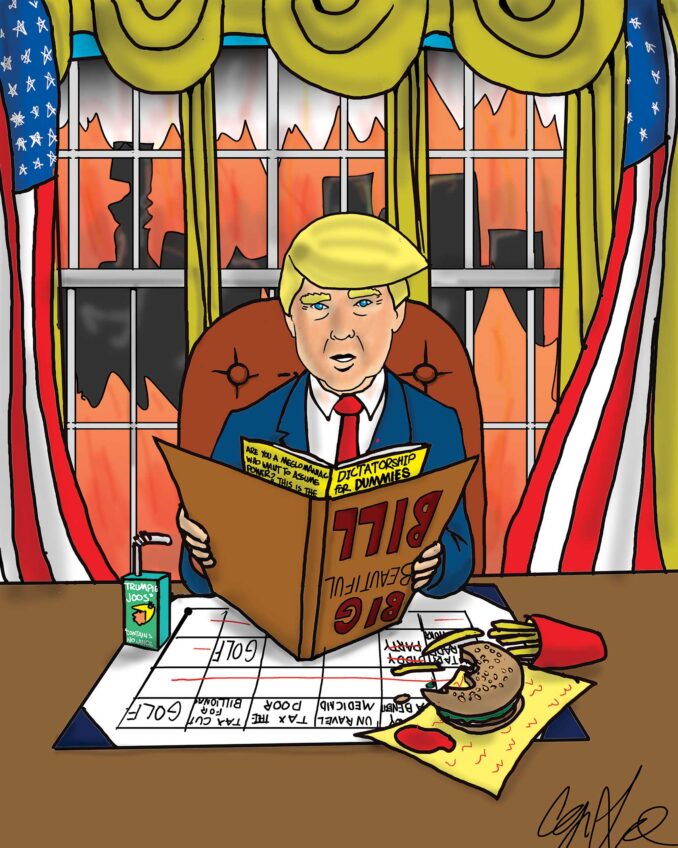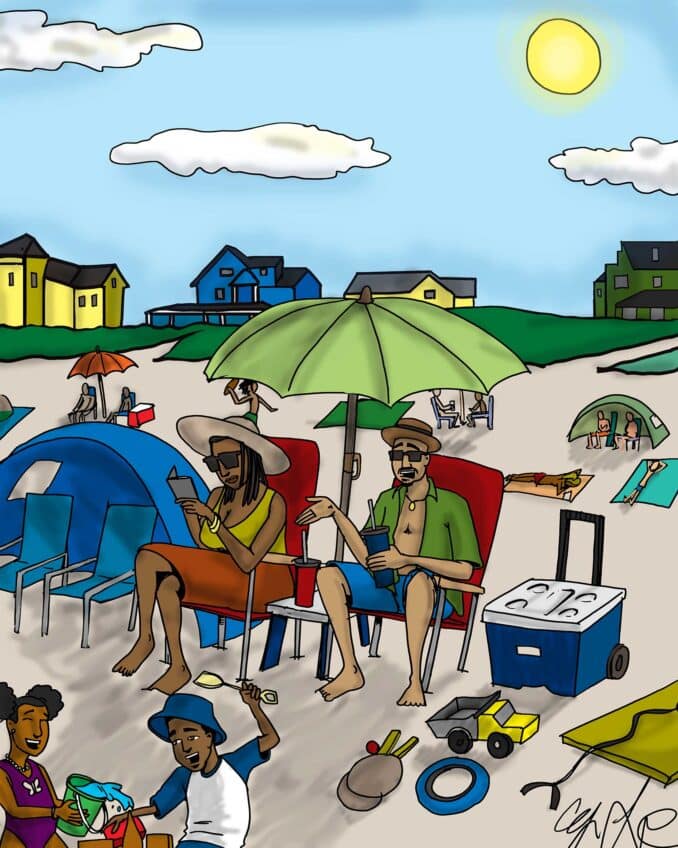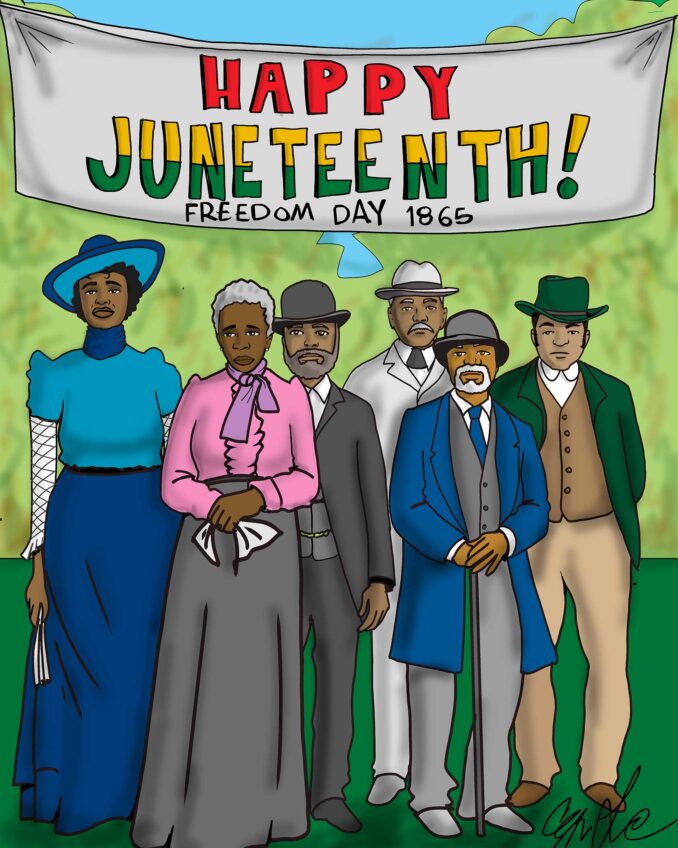A common objective among those working to achieve racial equality is to attain a spirit of unity among their adherents. This is more difficult than it might seem because there is a false belief in America that individuals are primarily defined by the color of their skin. Therefore, all Blacks are considered to be the same, although they are not. Strangely enough, whites are defined more by their individual national origins, so ethnic differences are acknowledged even though they are all white.
No sophisticated white American would assert that Englishmen and Italians are just the same or Germans and Frenchmen are culturally identical. But they do not perceive major differences among Blacks. Not surprisingly, many Blacks are aware of such differences among themselves. Countryfolk have an expression, “all Black ain’t coal.” That can be recognition of either a positive or negative distinction.
At the root of the alleged common identity among Blacks is that they share a common conflict over white racism. Indeed, while the battle for racial equality can be a uniting force, it is not enough to achieve real unity. The ancient concert that “the enemy of my enemy is my friend,” is not significant enough to unite Blacks, most of whom are experiencing racial discrimination. However, politics have created differences on a manageable level enough to motivate Black unity.
The U.S. presidential election of 1964 is a prime example. Blacks united to vote against the Republican candidate, Sen. Barry Goldwater, who vigorously opposed the Civil Rights Act that outlawed racial discrimination in employment, education and places of public accommodation. Lyndon Johnson won in a landslide of 61.1% of the popular vote, but he won 95% of the Black vote.
The Southern states voted for Goldwater and lost. The Black population is now only about 14.2% of the total, but a reliably strong Black vote for the Democratic candidate for president has always provided Blacks with a balance of power they could not have without political unity. As opportunities for Blacks improve, it is natural for elements of the culture to change. Blacks have to respond strategically to general changes in the culture.
There was a time when the expression “people of color” provided assurance that those people would be allies. But now that is no longer clearly the case. The chairman of the Proud Boys, Enrique Tarrio, one of Trump’s allies, is reported to be a Black Cuban. Even though Trump supports a racist and white supremacy program, some Blacks will nonetheless join Trump’s movement.
During the Black Lives Matter campaign, Blacks seemed to be unaware of the police violence against everyone. According to the records of police shootings maintained by the Washington Post, the police killed about twice as many whites as Blacks. Some prominent Blacks seemed to believe that this fact was irrelevant because Black shootings by the police were disproportionate. Black activists insisted that racial prejudice was all that mattered.
It is difficult to believe that most whites are so callous to police violence that they would be unconcerned about their husbands, fathers and brothers being arbitrarily shot down. And it is undoubtedly working-class whites who fall victim to the police.
The point is that many of the civil rights strategies are designed in order for one size to fit all. Singing “We Shall Overcome” will hardly inspire today’s urban, progressive Blacks. The project to rename Dudley Square to Nubian Square was not well-received by a number of Blacks who grew up in Roxbury. One wonders how many of those in support of the change even visited the Nubian collection at the Museum of Fine Arts.
In order to move forward, Blacks will have to develop sophisticated strategies that appeal to Blacks with varied cultural and educational backgrounds. Even with this requirement, Blacks will have to progress in the effort to attain full equality despite the growth of Trumpism in America.






